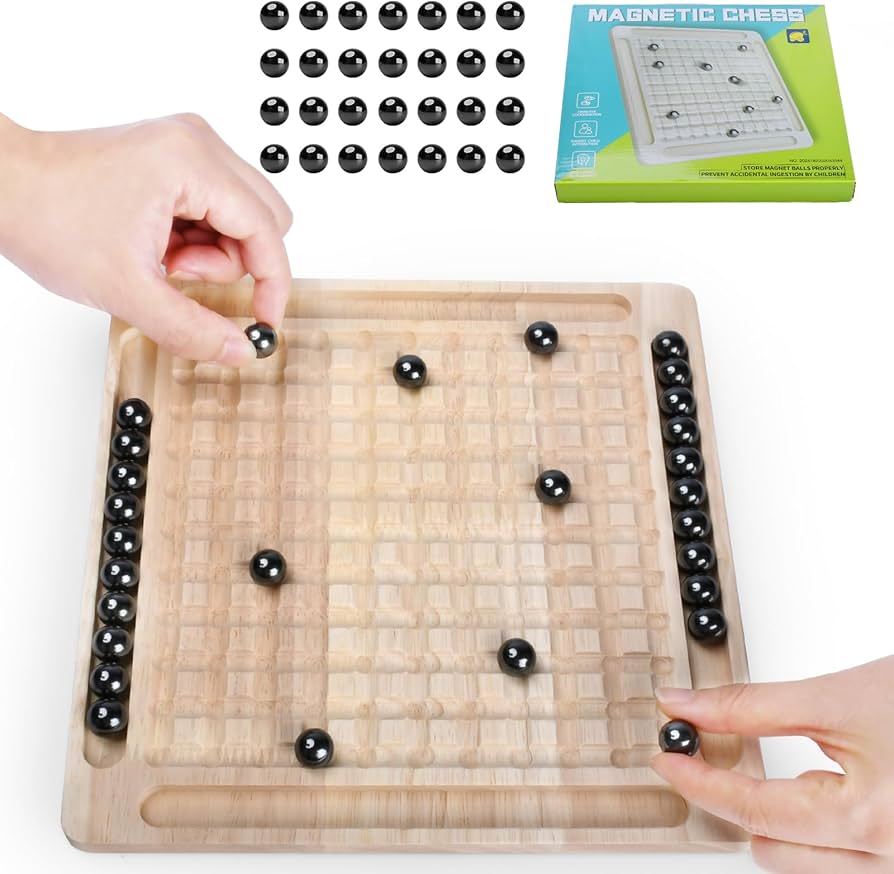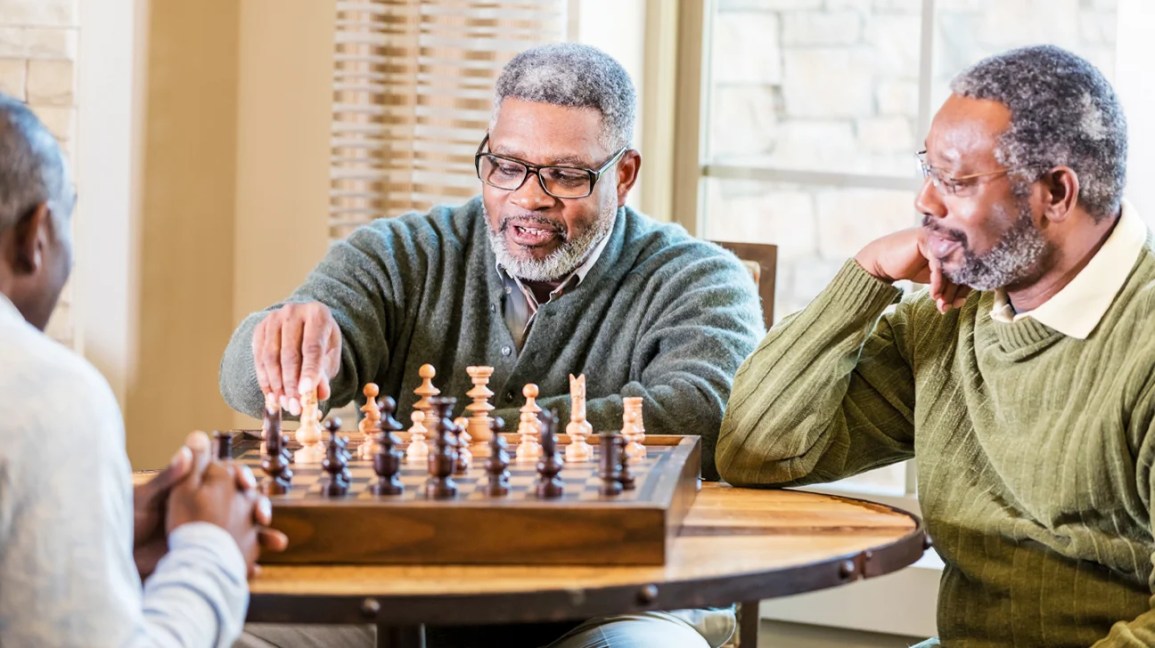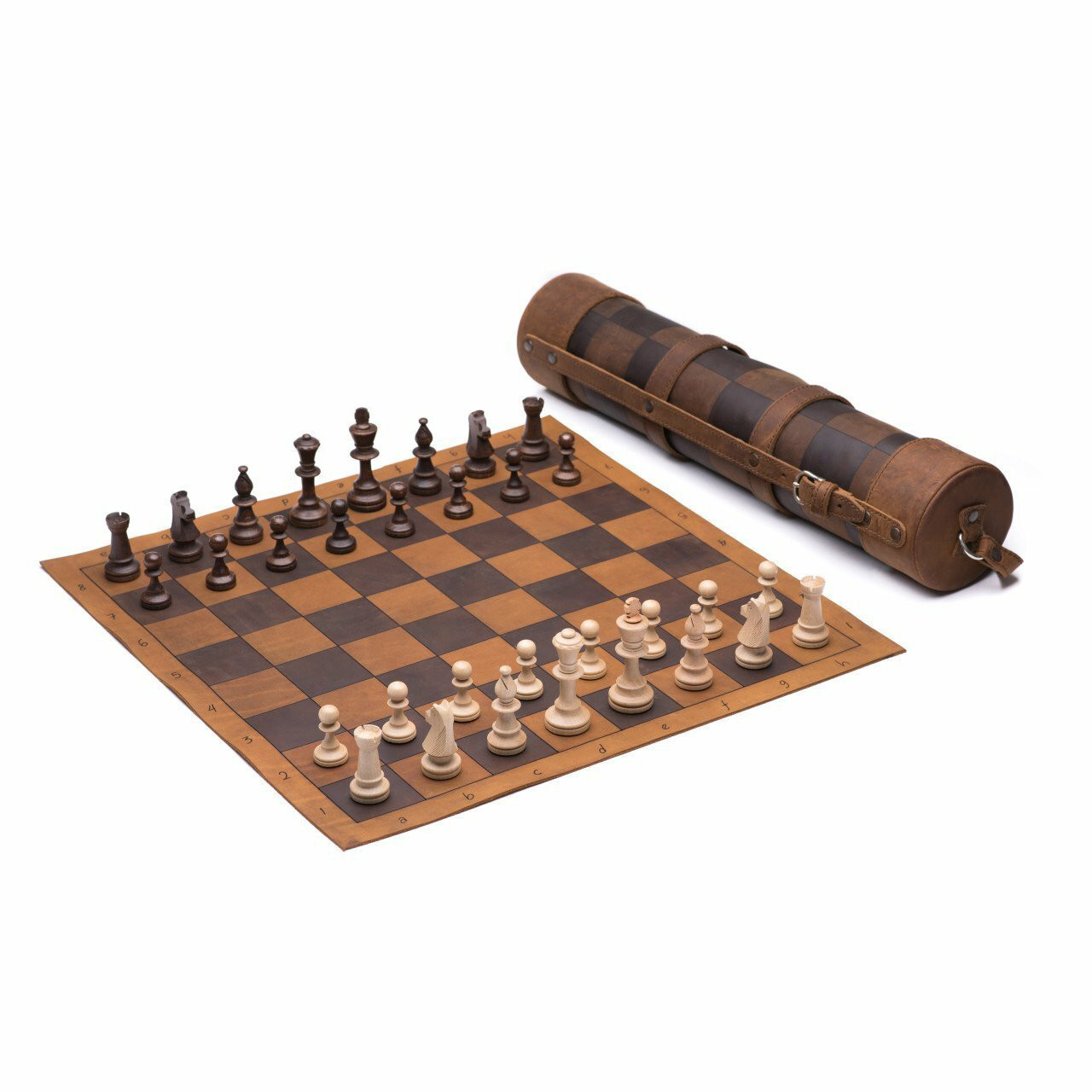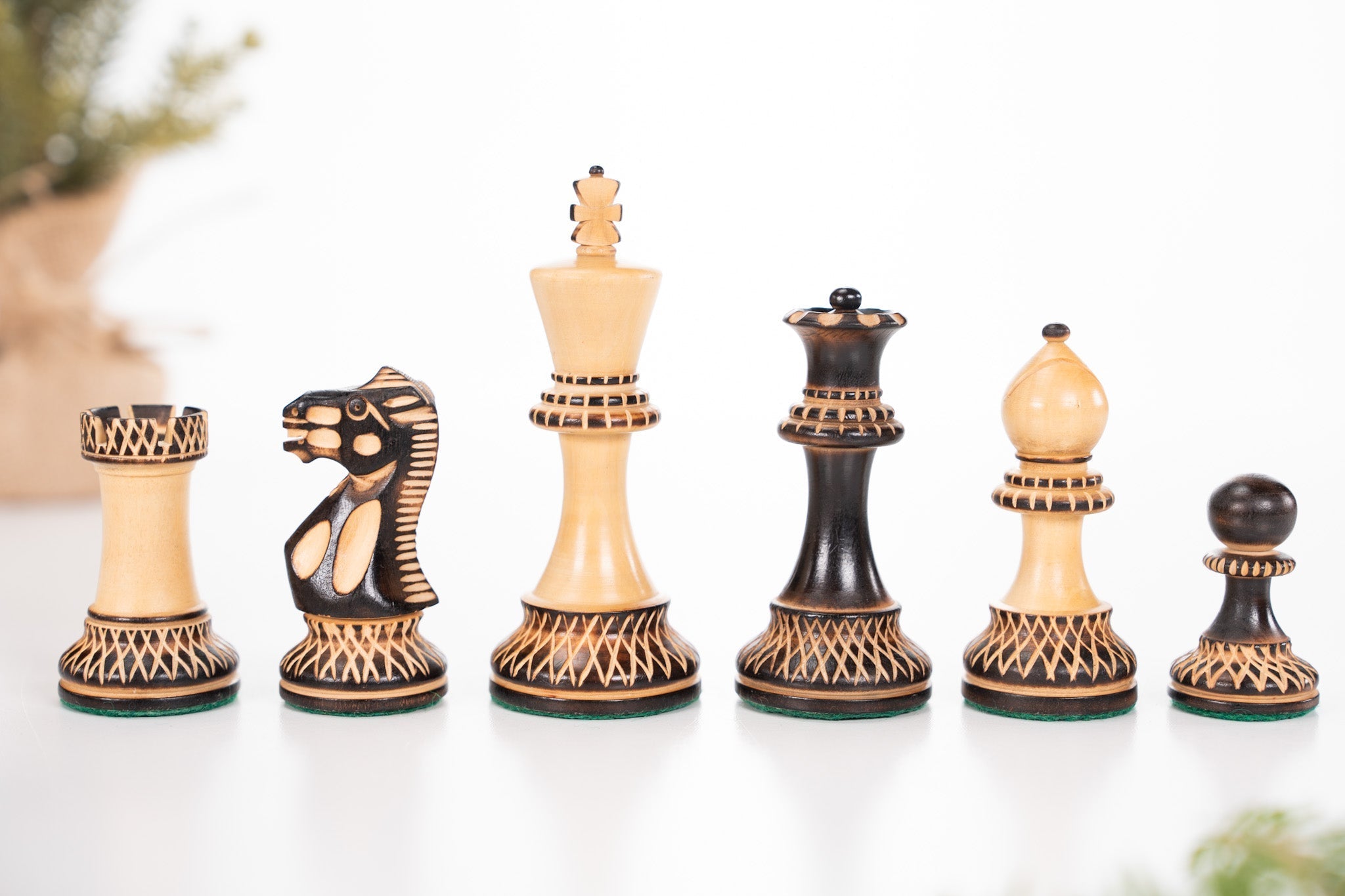Chess is a game of strategy and intellect that has fascinated players for centuries. One of the most intriguing aspects of chess is the concept of sacrifices, where a player willingly gives up material in exchange for a strategic advantage. In this article, we will delve into the world of practical sacrifices from grandmaster games in chess, showcasing the brilliance and creativity of top players.
What is a Sacrifice in Chess?
In chess, a sacrifice occurs when a player willingly gives up a piece in order to gain a positional or tactical advantage. Sacrifices can come in various forms, such as sacrificing a pawn, a knight, a bishop, a rook, or even the queen. The decision to sacrifice material is a critical moment in a game, as it requires foresight, calculation, and a deep understanding of the game.
Types of Sacrifices
There are several types of sacrifices that can occur in a chess game, each serving a different purpose:
- Pawn Sacrifice: Sacrificing a pawn early in the game to gain control of the center or open up lines for pieces.
- Piece Sacrifice: Sacrificing a knight, bishop, rook, or queen to create threats, open up the opponent’s king, or gain a decisive attack.
- Exchange Sacrifice: Sacrificing a higher-value piece for a lower-value piece to disrupt the opponent’s coordination or gain positional advantages.
Brilliant Sacrifices from Grandmaster Games
Grandmasters, the highest title a chess player can attain, are known for their exceptional strategic and tactical skills. Let’s explore some practical sacrifices from grandmaster games that have left a lasting impact on the chess world:
Bobby Fischer’s Queen Sacrifice
In a famous game known as “The Game of the Century,” played between Bobby Fischer and Donald Byrne in 1956, Fischer made a stunning queen sacrifice on move 17. By sacrificing his queen for two minor pieces, Fischer gained a powerful attack and went on to win the game in spectacular fashion.
Mikhail Tal’s Exchange Sacrifice
Mikhail Tal, known as the “Magician from Riga,” was a master of sacrifices. In one of his games against Vasily Smyslov in 1959, Tal sacrificed his rook for a bishop and a pawn to create a winning attack on the king. This exchange sacrifice showcased Tal’s dynamic and aggressive playing style.
Garry Kasparov’s Pawn Sacrifice
Garry Kasparov, considered one of the greatest chess players of all time, demonstrated the power of pawn sacrifices in his games. In a match against Veselin Topalov in 1999, Kasparov sacrificed a pawn to open up lines for his pieces and launch a devastating attack on the opponent’s king, ultimately leading to victory.
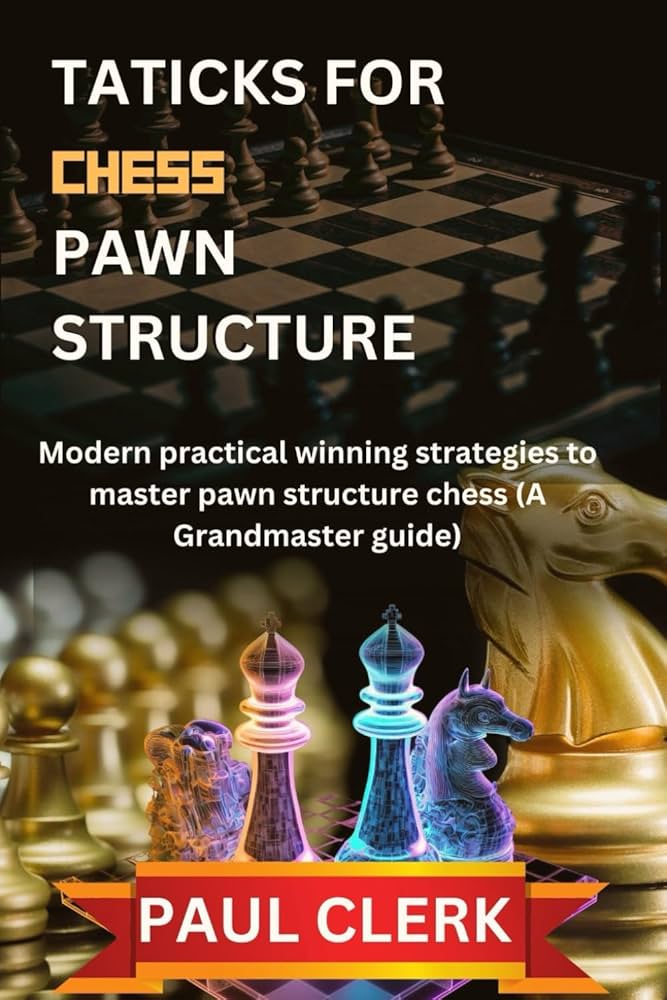
Credit: www.amazon.com
Benefits of Sacrifices in Chess
While sacrificing material in chess may seem counterintuitive, it can yield several benefits for the sacrificing player:
- Initiative: Sacrifices can lead to gaining the initiative and putting pressure on the opponent.
- Attack: Sacrifices often create attacking opportunities and open up the opponent’s king.
- Positional Advantage: Sacrifices can lead to gaining a strong positional advantage, such as control of key squares or files.
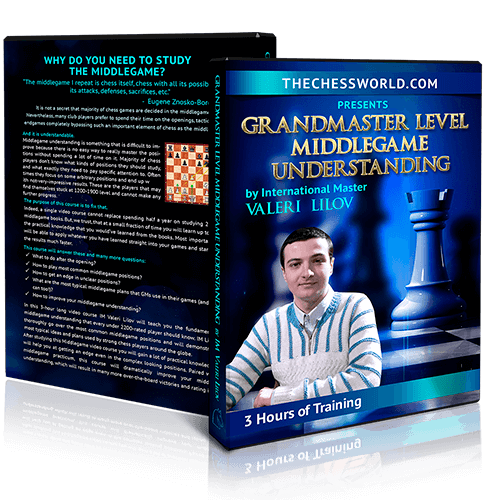
Credit: thechessworld.com
Conclusion
Practical sacrifices in chess are a testament to the creativity and strategic depth of the game. Grandmaster games showcase the artistry of sacrifices, where players are willing to part with material in pursuit of a greater goal. By studying and understanding these sacrifices, chess enthusiasts can gain insights into the complex and fascinating world of chess strategy.

